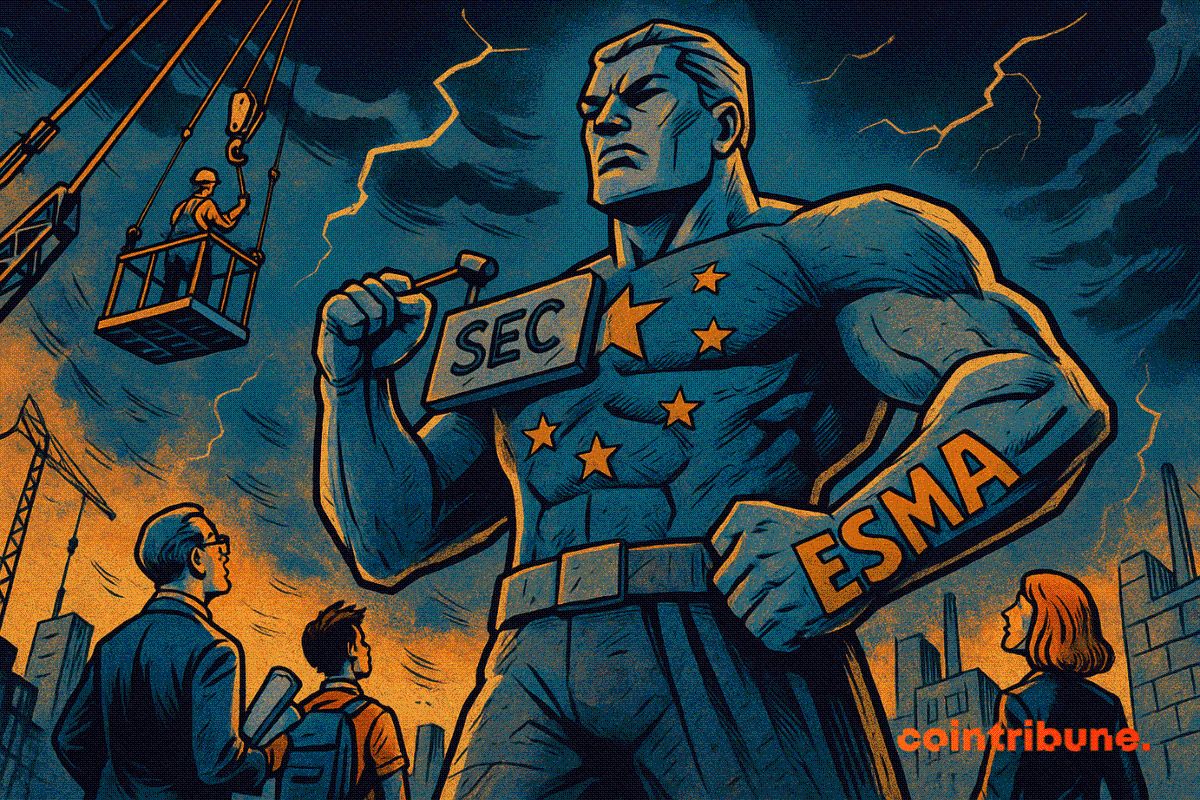Emerging Presale Cryptocurrencies with High-Growth Potential: A Technical and Market Analysis
- Five 2025 crypto presales combine blockchain innovation with market traction, targeting scalability, AI integration, and real-world utility. - BlockDAG merges DAG/PoW for 10,000 TPS scalability, raising $384M with 2,660% investor returns, while Bitcoin Hyper (HYPER) enhances Bitcoin's programmability via Layer-2 SVM. - Nexchain's AI-driven 400,000 TPS blockchain and Snorter Token's 137% APY trading bot highlight enterprise and retail adoption potential in DeFi and algorithmic trading. - Remittix disrupts
The cryptocurrency landscape in 2025 is witnessing a surge in new projects that blend cutting-edge blockchain innovation with compelling market positioning. Investors seeking high-growth opportunities are increasingly turning to these early-stage tokens, which address critical pain points in scalability, interoperability, and utility. Below, we analyze five standout projects that exemplify this trend, supported by technical advancements and robust market traction.
1. BlockDAG: Redefining Scalability with DAG and PoW
BlockDAG is a hybrid blockchain project combining Directed Acyclic Graph (DAG) technology with Proof-of-Work (PoW) to achieve unprecedented scalability. By processing up to 10,000 transactions per second (TPS) and maintaining EVM compatibility, it bridges the gap between traditional blockchains and next-gen solutions. The project’s focus on cross-chain interoperability and partnerships with major DeFi platforms further solidifies its long-term viability.
2. Bitcoin Hyper (HYPER): Scaling Bitcoin’s Ecosystem
Bitcoin Hyper introduces a Layer-2 solution to enhance Bitcoin’s programmability and transaction speed. By integrating the Smart Virtual Machine (SVM), HYPER enables developers to build decentralized applications (dApps) on Bitcoin, addressing its historical limitations in smart contract functionality. Its deflationary tokenomics and focus on bridging Bitcoin with Ethereum-based ecosystems position it as a key player in the “Bitcoin 2.0” narrative.
3. Nexchain: AI-Driven Blockchain for Enterprise Use
Nexchain is a Layer-1 blockchain that leverages artificial intelligence (AI) to optimize security, scalability, and governance. Its hybrid PoS consensus model, combined with AI-driven algorithms, achieves 400,000 TPS and sub-cent transaction fees—critical for enterprise adoption. The project’s roadmap includes AI-powered governance mechanisms and partnerships with Fortune 500 companies, making it a strong contender for institutional investors.
4. Snorter Token (SNORT): Revolutionizing Trading Bots
Snorter Token targets the $1.2 trillion algorithmic trading market with a Telegram-native bot offering sub-second execution and honeypot detection. By integrating AI-driven analytics and a 137% APY for stakers, SNORT appeals to both retail and institutional traders. Its focus on Solana and Ethereum ecosystems, coupled with a deflationary token model, creates a flywheel effect of demand and utility.
5. Remittix (RTX): Disrupting the Remittance Market
Remittix is tackling the $750 billion global remittance industry with blockchain-based cross-border payments. By slashing fees to less than 1% and leveraging deflationary tokenomics, RTX aims to become the default solution for international money transfers. The project’s strategic partnerships with remittance hubs in Southeast Asia and Africa further amplify its market reach.
Conclusion
The projects highlighted above demonstrate a clear shift toward blockchain solutions that prioritize technical innovation and real-world utility. From DAG-based scalability to AI-driven governance, these tokens are not only addressing industry pain points but also capturing significant market share through strategic partnerships and deflationary models. For investors, the key lies in identifying projects with strong fundamentals, active development, and clear use cases—factors that will drive long-term value in an increasingly competitive crypto landscape.
Disclaimer: The content of this article solely reflects the author's opinion and does not represent the platform in any capacity. This article is not intended to serve as a reference for making investment decisions.
You may also like
Bitcoin price dips below 88K as analysis blames FOMC nerves

Crypto: How Europe Wants to Enforce Its Version of the SEC

Stablecoin : Western Union plans to launch anti-inflation "stable cards"

Mars Morning News | SEC Expected to Issue "Innovation Exemptions" for the Crypto Industry in "About a Month"
The SEC is expected to issue an innovation exemption for the crypto industry. The UK "Digital Assets and Other Property Act" has come into effect. BlackRock's CEO revealed that sovereign wealth funds are buying bitcoin. Bank of America recommends clients allocate to crypto assets. Bitcoin selling pressure is nearing its end. Summary generated by Mars AI. The accuracy and completeness of this summary are still being improved as the Mars AI model continues to iterate.
